| If you missed Part 1 of the Black Hole Preserve virtual tour, you can read it here. This week's tour picks up at the beaver dam that I was unable to cross on my last visit. This time, I came prepare with chest waders! The water was a bit lower than last time, making the crossing less difficult. I'm guessing some water has evaporated during this heat waved we've been getting. It was neat to see this beaver track in the mud as I crossed. Not often do you get to see their tracks because they're always in the water. |
| The beaver dam has a little rock island in the middle of it, making for a good spot to stop and look around. The photo above shows one of the many American white waterlilies that were in full bloom. To the left here is a photo of a Lesser Fringed Purple Orchid. Unfortunately, it wasn't quite in bloom yet, but it's almost there! Below is watershield, a wetland plant similar to lily pads. This plant has one of my favourite flowers. |
| Another neat species I found here was this damselfly. I haven't been able to narrow it down to species yet. Damselflies are very difficult to identify and really good photos are often needed, so mine might not be good enough. I have been able to narrow it down to a species in the Lestes genus though, the pond spreadwings. This makes sense, it's wings are spread out like a dragonfly (typically, damselflies have their wings folded in when resting like this) and it was found near a pond! The wings might not show up well in my photo here, but if you look hard, they're there. |
| I went back down the the water's edge to take a break in the shade. It was already starting to get pretty warm out and I knew it was soon going to get unbearable to be in the direct sunlight. I sat still and wait to see if anything interesting would sing or show itself. There was what seemed like a variety of minnows swimming around here. Some were very small and some were pretty big! It's obviously not the easiest to photograph small fish in the water like this though, so I'm left with no idea what they were. |
| | As I was sitting along the water, I could hear two Yellow-bellied Sapsuckers on the other side of the channel. It sounded like they were chasing each other around, which woodpeckers often do. Then, one flew up to the top of a dead tree and starting drumming away. This drumming is the woodpecker signaling that this is it's territory. They'll often find pieces of metal to do this, as drumming on the metal produces a louder noise, making it more effective. If you hear a woodpecker banging on metal, that's what their doing, they're not trying to get insects through the metal! |
| This dragonfly here is a Horned Clubtail. I was excited because this was my first time seeing this species! While it's not on the species at risk list, NatureServe does rank Horned Clubtail is N3 nationally in Canada, which means it's "at moderate risk of extirpation in the jurisdiction due to a fairly restricted range, relatively few populations or occurrences, recent and widespread declines, threats, or other factors." The Black Hole Preserve provides great habitat for them, so hopefully they will be found here for a long time! |
| Two more plants to show. The one on the left is Torrey's Bulrush, a pretty uncommon species. This very small population of it was found by Rob Routledge, a professor at Sault College, a few years ago. He was very excited about it! The photo below is Allegheny Monkeyflower. Interestingly, the only place this species has ever been recorded in the Algoma District has been at the Black Hole Preserve. Rob found one last summer, but at an entirely different location within the wetland! I'm sure they are found in other local wetlands, but just haven't been recorded. |
As promised, here are some of the scenic shots from this side of the wetland!










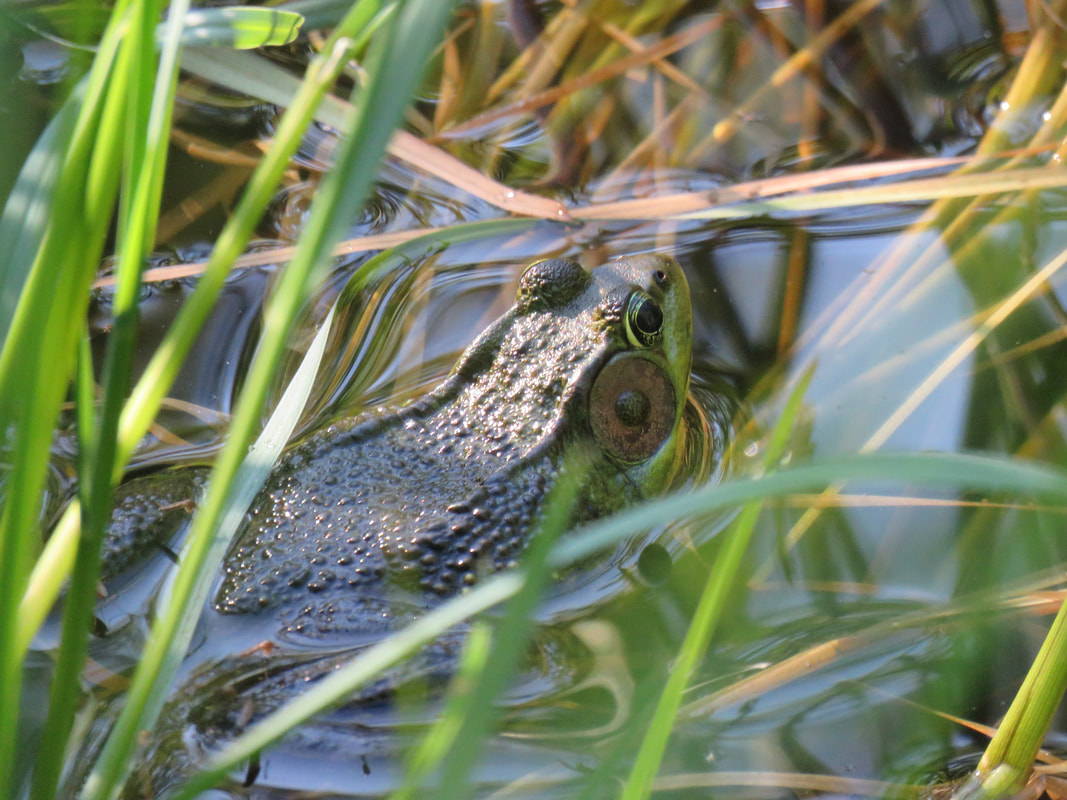
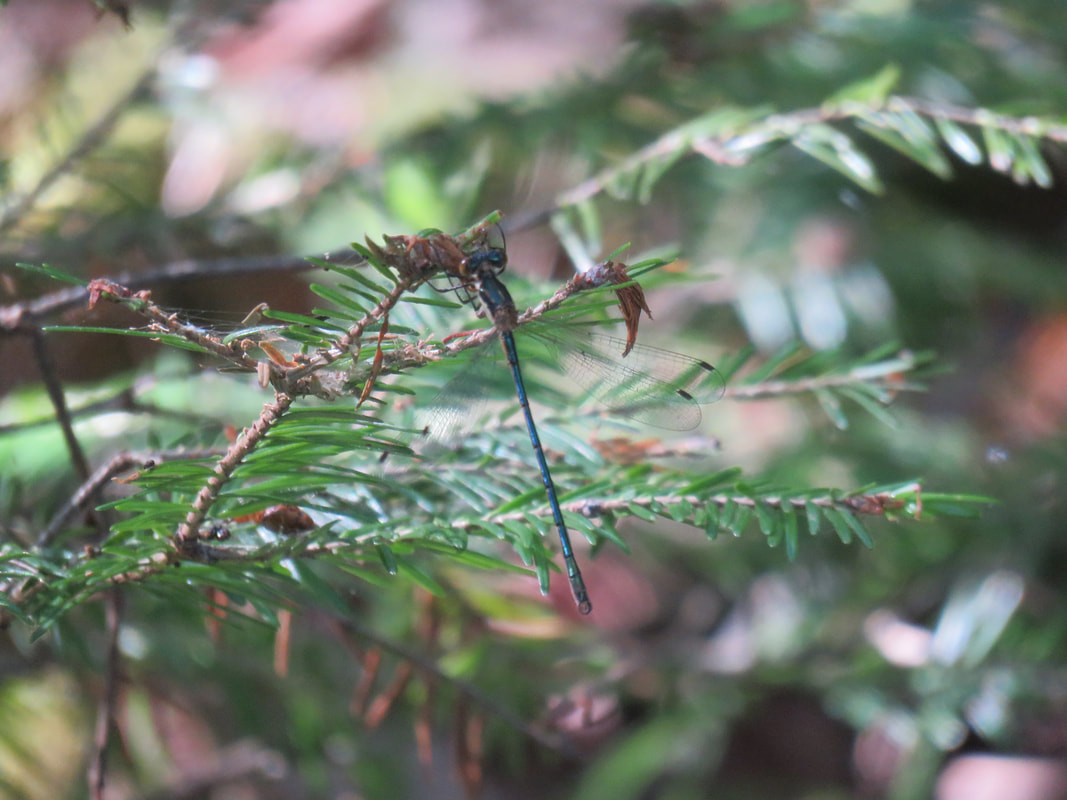







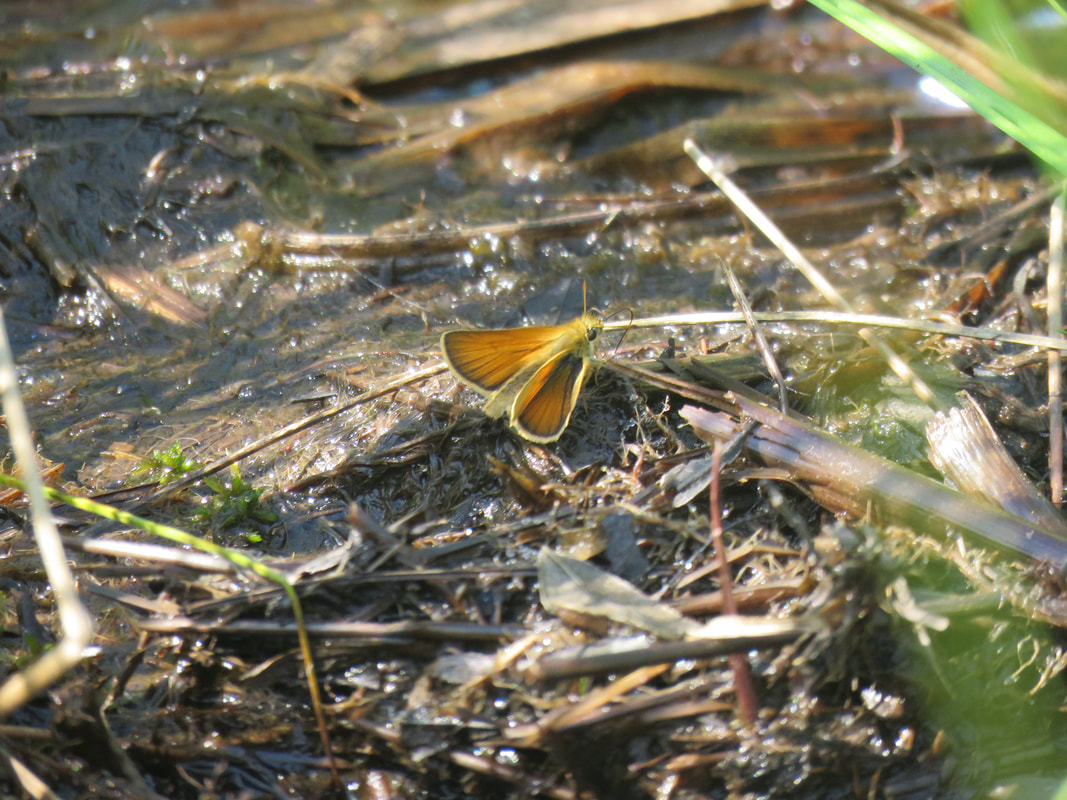
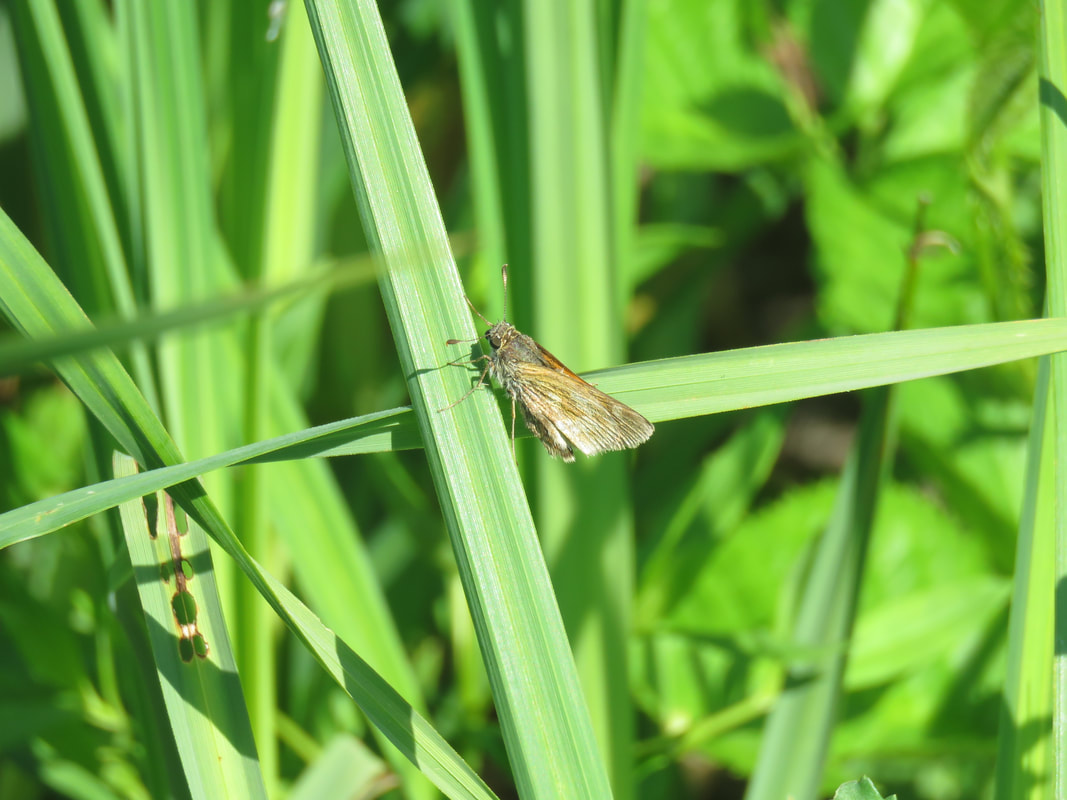

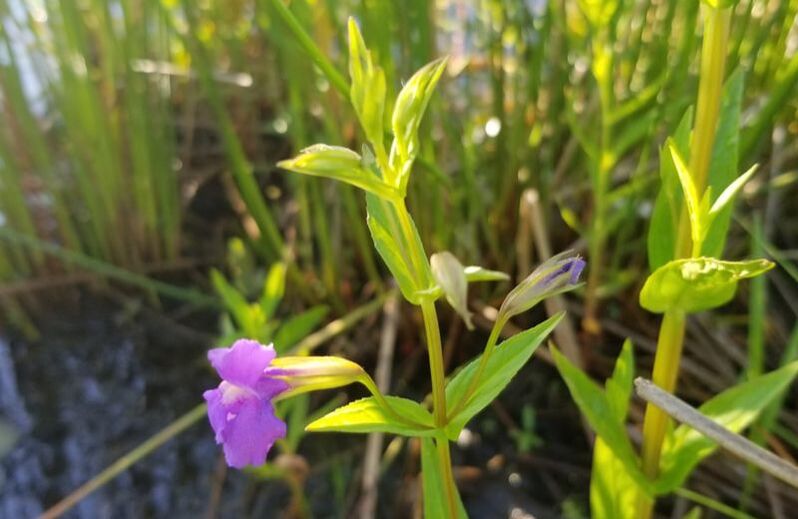
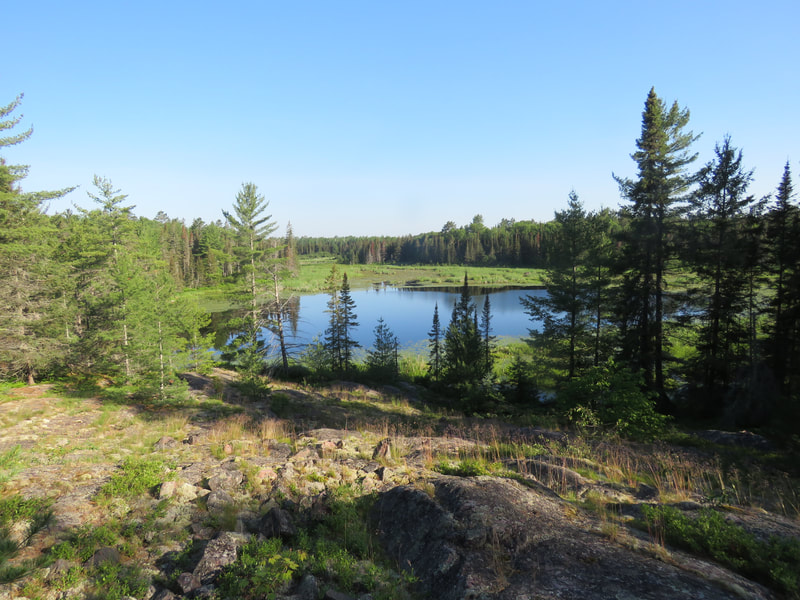

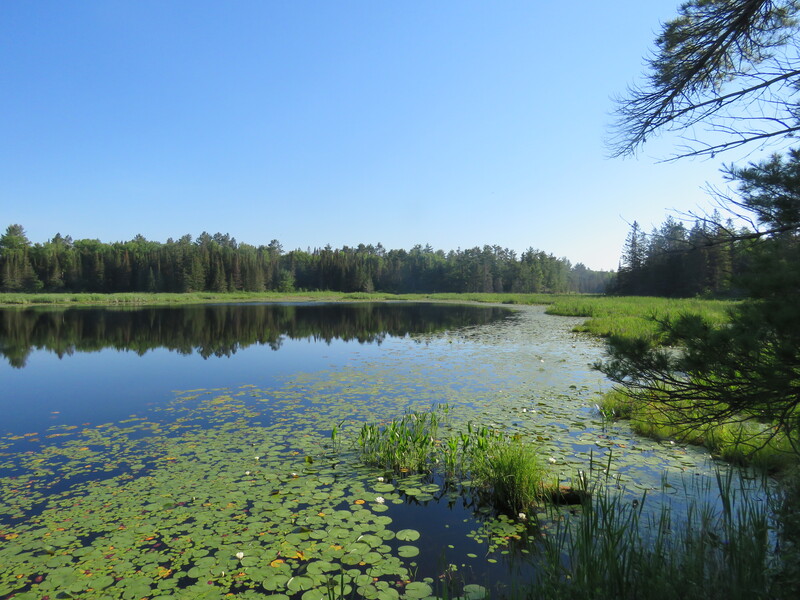






 RSS Feed
RSS Feed